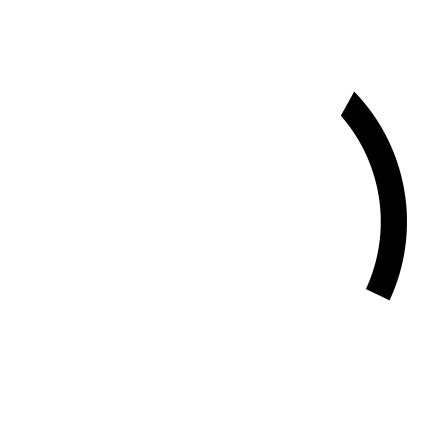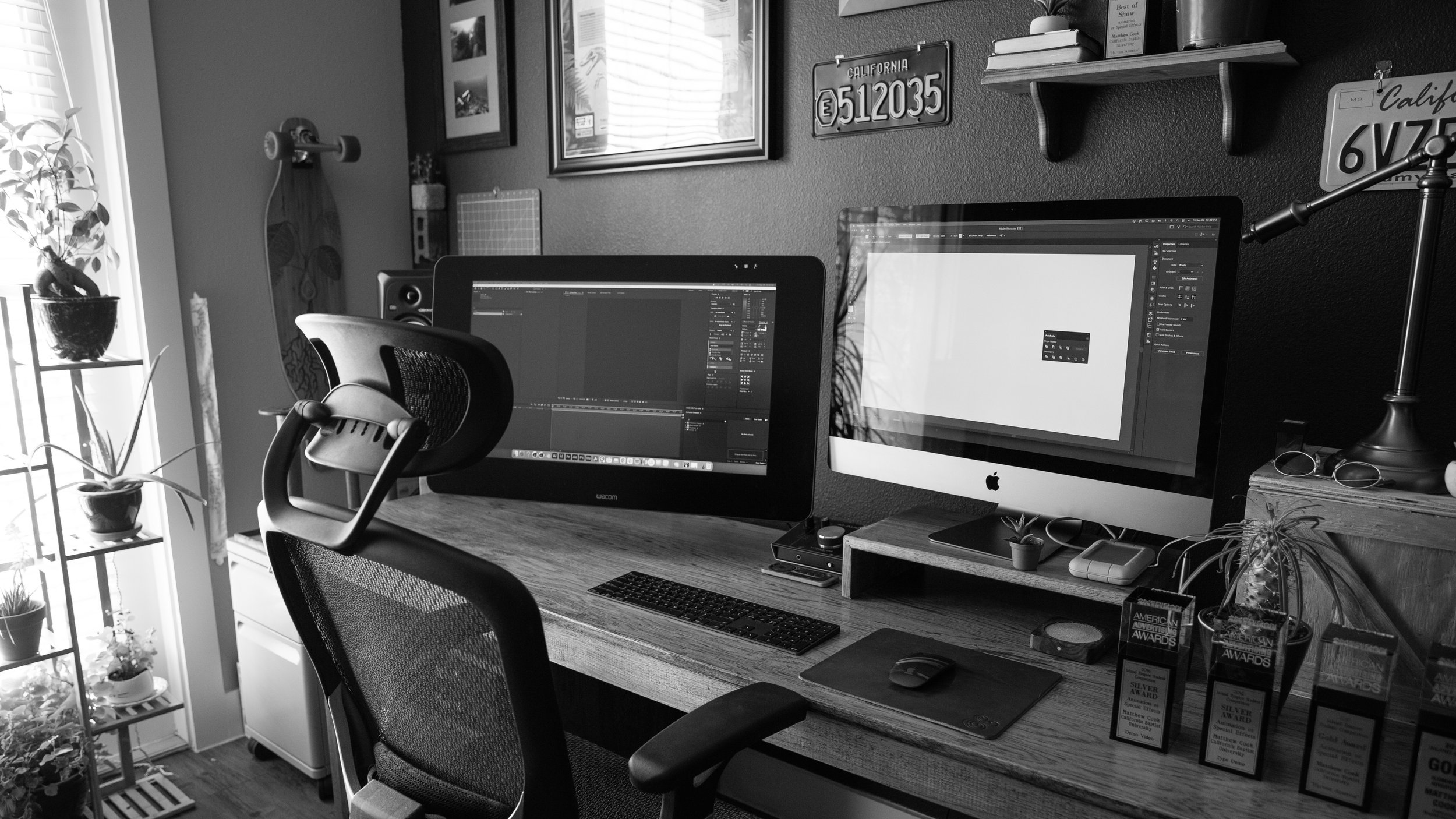What is Motion Design and Why Does it Matter?
Plus a brief history of design
Motion design is a new niche on the design front. But it's more than bells and whistles–motion taps into our deepest human senses and creates a unique opportunity to tell your brands' story and connect with your audience. Attention span continues to dwindle, so businesses look for engaging ways to capture an online audience with video. With the growth of tech, social, and the internet, the opportunity emerged to bring graphics and visuals to a whole new level with animation.
Motion is more crucial than ever.
It's time to put your brand in motion.
What is motion design?
In the simplest form, motion design is "design in motion." Easy to explain, right? In more words, motion graphics combines elements like vector artwork, illustrations, text, and images with audio to communicate a message visually. But defining what motion is doesn't explain what it does or the value it presents. I get asked this question all the time, "what do you do?" followed instantly by a confused face and "what is that?" Unless you're in the creative field already, or your best-friends-brother works in mograph, this answer probably isn't helpful, and I can vouch from personal experience that it's not always enough to show the importance of motion design.
At first, I struggled to remain enthusiastic, answering the same question repeatedly about why motion matters, but I realized that it's part of the process. Motion design is a relatively new field, unlike its predecessor and parent, graphic design, a more understood and "valued" career. (Not that motion isn't valuable, but average companies are more likely to have a graphic designer than a motion designer.) To best understand motion, it's essential to dive into design first.
Since the dawn of humanity, graphics fulfilled the need to communicate visually from money to wall carvings, hieroglyphics, and the Gutenberg press. Historians can trace graphics back in all different forms from nearly every culture.
Yeah, but does design still matter? Absolutely.
"It's epic" clip from a VeracityColab and OrientDB promo video. Animation by MCC.
Design Matters.
Imagine walking into a grocery store where all the products were in the same boring, kraft-paper brown box in Ariel font. It would be almost impossible to find what you wanted, not to mention that it would be the worst grocery experience ever. We subconsciously rely on bright colors, unique fonts, and recognizable products more than we know. Visual communication becomes second nature because it's appealing to one (or all) of our five human senses: see, hear, feel, touch, and smell.
Graphics are ingrained in our everyday life. Some are more obvious, like cereal box brands, business card design, and gas station signage. These have recognizable design elements we can point to for reference. Other design examples are less obvious, such as app design and highway road signs. Everything we see–typography, color, layout, and size–plays a role in visually communicating. It's ingrained into our culture.
That's where motion comes into play.
Motion matters because it's an extension of visual communication by taking the best aspects of design and turning it into animation. It's a valuable tool that can help elevate brands to effectively market because it's tapping deeper into our human senses by using more of our brain's processing abilities. In fewer words, it creates more impact with less content. Instead of reading a 1000 word article or deciphering an infographic poster, you could watch a 15-second video. Motion packs a punch. Our brains crave stimulation and engagement, and sometimes, animation is the perfect vessel.
The rise of Tik Tok is a great example. Suddenly we're watching videos of dances, memes, and cat videos (even if you're a dog person). Why? Because there's something about watching and hearing that's so captivating. We find ourselves memorizing theme songs, jingles, and dances because our brain is chemically wired to respond to the multiple stimuli in video.
Email and social ad for Hotel Ketchum. Illustration and animation by MCC.
Motion is impactful.
Movement is making a dent in the marketing industry. To throw in some evidence, 87% of video marketers say video has increased website traffic, and 80% claim it directly increased sales (source). Plus, video is now the most commonly used format in content marketing, passing up blogs and infographics.
Not to mention, user attention span continues to drop. Brands have eight seconds or less to grab their audience's attention and fifteen seconds to retain their interest, so that's where motion design steps up to the plate.
I doubt you clicked on any of those links if you're like me. So to put it in context, let me give you an example:
We all know what it's like sitting in a restaurant waiting for someone who's late. You've got a table, drinks, and appetizer. When they finally walk in the door, you want to grab their attention quickly, right? The last thing you do is sit still and do nothing. GET UP, WAVE, MOVE, or do ANYTHING, so they see you. You might even call out their name or give them a ring on their cell phone. You want to stand out from the crowd to be noticed. And it works.
Motion and marketing go hand in hand. It's not an unnecessary artistic flair but a powerful tool to share your brand, sell your product or service and create a lasting impact. If you're ready to take your brand to the next level to get noticed, create deeper storytelling, and captivate an audience, it might be time to consider motion design in your next marketing campaign.
Want to see what your business can accomplish with motion design?
Learn about what Matt Cook Co. has to offer.



